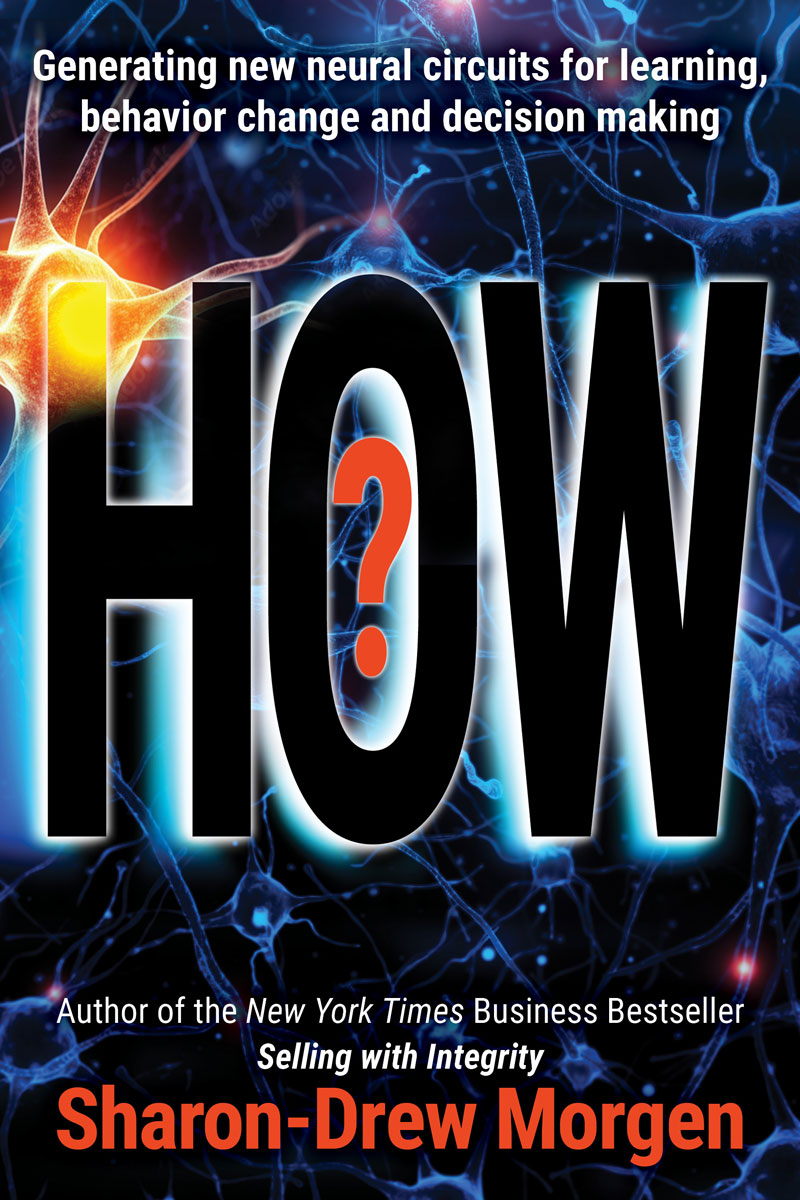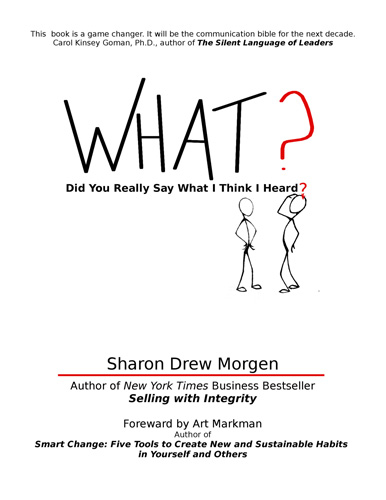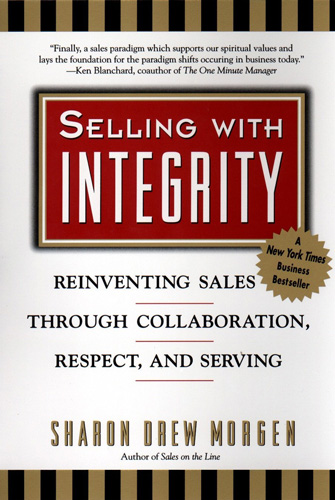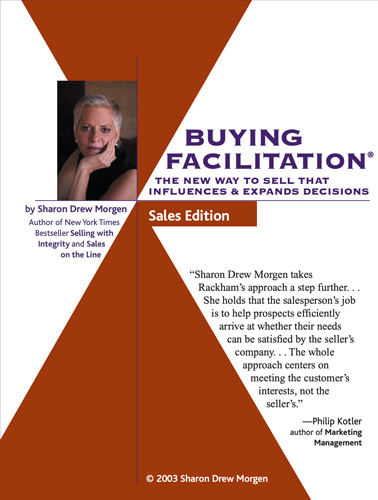 With the best will in the world, with great leaders and well-intentioned methods, our projects are beset by time delays, lack of buy-in, and resistance. But it doesn’t have to be that way. With a few modifications, with the understanding that change involves systems management, we can avoid these problems altogether.
With the best will in the world, with great leaders and well-intentioned methods, our projects are beset by time delays, lack of buy-in, and resistance. But it doesn’t have to be that way. With a few modifications, with the understanding that change involves systems management, we can avoid these problems altogether.
Change Management (CM) processes seek to modify something that has worked well-enough for some time and has been habituated into the daily norms. Unfortunately, these processes sometimes fail to incorporate the systems involved:
- when leaders assume they know the problem without involving the voices of the folks with firsthand, in-depth knowledge of the day-to-day activities;
- when folks with the closest association to the problems don’t get the chance to offer ideas or explanations during goal setting;
- when new activities are mandated to people who’ve had no voice in generating them;
- without including specific implementation practices that incorporate the new into the full set of elements that define the culture;
projects may not proceed as intended. Too often leaders merely try to change behaviors without changing the underlying system that generated them.
CHANGE MUST INCLUDE THE WHOLE SYSTEM
A request for change represents a threat unless it’s accepted and conforms with the norms of the existing system. It’s not as simple as merely doing something different.
Unfortunately CM initiatives focus on altering the problematic behaviors/activity without ensuring the values, beliefs, norms and mental models of the existing system that generated them are addressed. But with a shift in thinking it’s possible to prevent resistance and encourage buy-in and new, creative ideas.
THE RISK OF CHANGE MUST BE IDENTIFIED
Before agreeing to any sort of change, and to ensure buy-in and implementation, it’s important to understand the systemic elements that must be addressed:
How will the new match the existing beliefs, values, norms, rules, routines? Are they compatible? Are the core beliefs/values of the group maintained?
How will daily tasks and working/reporting relationships change?
How are individual ego beliefs and job identity factors managed? Are the folks most affected by the new included in information gathering and goal setting at the beginning so they have input around their own (new) jobs? Do these folks get a voice in generating the goals and outputs for a new solution? In sharing their unique experiences to best understand the problem?
What must be relearned and in what time frame?
Will the new represent the output needed by those most affected? Have their voices been included from the beginning and have a say in the change process to avoid resistance? How will resistance be managed?
Unless there are answers to questions like these; unless the risk of the proposed change is known, understood, and managed; unless the stability, beliefs and norms of the system are agreed-upon and maintained by those with the greatest proximity to the solution, change becomes a threat to the system and folks will resist doing anything different.
THE STEPS OF CHANGE
In my work developing systemic change models for sales, leadership, change management and System Dynamics, I’ve unpacked 13 Steps of decision making and change, some of which must take place before a problem can be accurately diagnosed or the goal defined. Here are the main categories:
1. Where are you? What’s missing?
The voices of everyone who touches the existing problem and will be involved with the new solution must be heard from before the problem is defined or goals are set. Starting a project with partial information and flawed assumptions automatically triggers resistance and failure.
2. What caused and maintains the problem?
The originating system must recognize an incongruence and understand the risk of change or it won’t consider doing anything different, regardless of the need or efficacy of the solution. Since whatever is in place has been working well-enough for some time and a part of the system, it’s necessary to examine:
- What is keeping this problem in place? (rules, beliefs, norms, activities, jobs, culture)
- What has prevented this problem from being resolved already?
- What beliefs/values/norms of the existing activity must be retained?
- Is there anything we already have that might solve our problem if used differently?
3. Brainstorming
Brainstorming sessions to discuss ideal outcomes and the risks of each must take place before goal-setting and include the voices (or their representatives) of the folks familiar with the originating problem:
-
- The foundational beliefs/values incorporated into the current activities that must be retained in the new;
- Ideas for solutions from each department/working group;
- Understanding the elements holding the old in place and what would change if it’s altered;
- Understanding the risks to making, or not making, a change. Is the risk of change more/less than maintaining the status quo?
- Possible solutions including potential workarounds) must include all voices and potential danger signs brainstormed.
4. Managing risk
The risk of change must be equal to or lower than the risk of staying the same. Change can’t proceed successfully unless the risk of change is understood and approved by all. Problems crop up:
-
-
- Without a full complement of accurate data: flawed assumptions get made that will affect the long term success; goal-setting might be biased; resistance and time delays may result; unknown risks may cause inadequate buy-in.
- unless the core beliefs and values of the company or team are factored in during goal setting.
-
5. Implementation
Implementation is a ‘how’, not a ‘what/why’:
-
-
- What/Why are information focused; How is implementation focused.
- What/Why are content based; How is systems based.
- What/Why resides in the conscious mind; How gets generated from the unconscious brain.
- What/Why captures information; How processes and manages risk.
- What/Why is tactical; How is strategic.
- What/Why requires information gathering and research; How requires buy-in and an understanding of the risk of change.
-
Too often CM practices focus on the rationale – the What and Why – behind a change and fail to understand the strategic nature (the How) of the change and how closely tied it is with the culture. If a system believes the risk of change is greater than the risk of staying the same, they will do nothing.
HOW TO VS WHAT/WHY TO
If you’re a leader or outside consultant helping clients through a CM initiative – a seller, consultant, System Dynamics practitioner, coach, OD consultant – remember: Change is strategic, not tactical.
Let me take a moment to explain the skills necessary for the ‘How-To’. To gather accurate information, to assemble the right people, to recognize and incorporate the foundational elements of the system (the norms, rules, beliefs, values, mental models), to manage risk, requires different skills than the ones currently used in standard CM practices.
Behavior change can occur only after the originating neural circuits that instigated the problem get revisited. and possibly reconfigured. That causes a problem: when change is approached tactically (Why/What), the neural circuits where new instructions for new behaviors must emerge can’t be discovered.
Standard questions include too much bias to gather accurate data, and the way brains ‘listen’ (not very well) is filled with so many distortions and deletions that we only hear 10-35% of what a speaker intends.
So using biased questions, speaking to each other without fully understanding, focusing on reasons for change rather than fixing the underlying system that caused the problem causes lack of buy-in and resistance. And without the culture understanding the risk of change (certainly an affront to Systems Congruence), it’s pretty hard to get cultural change accepted.
I’ve invented a wholly new form of brain-directional question that works with the Stategic and the How to locate the origination point of the problem; a new form of listening that avoids bias; and a change model that includes 13 steps specifically designed to make it possible to define the proper goal, understand the risks, garner new ideas and buy-in, and implement.
Should you wish to learn the elements involved in systems management or help your team through the implementation process I’d love to support you. sharondrew@sharondrewmorgen.com
_________________________
Sharon-Drew Morgen is a breakthrough innovator and original thinker, having developed new paradigms in sales (inventor Buying Facilitation®, listening/communication (What? Did you really say what I think I heard?), change management (The How of Change™), coaching, and leadership. She is the author of several books, including her new book HOW? Generating new neural circuits for learning, behavior change and decision making, the NYTimes Business Bestseller Selling with Integrity and Dirty Little Secrets: why buyers can’t buy and sellers can’t sell). Sharon-Drew coaches and consults with companies seeking out of the box remedies for congruent, servant-leader-based change in leadership, healthcare, and sales. Her award-winning blog carries original articles with new thinking, weekly. www.sharon-drew.com She can be reached at sharondrew@sharondrewmorgen.com.






